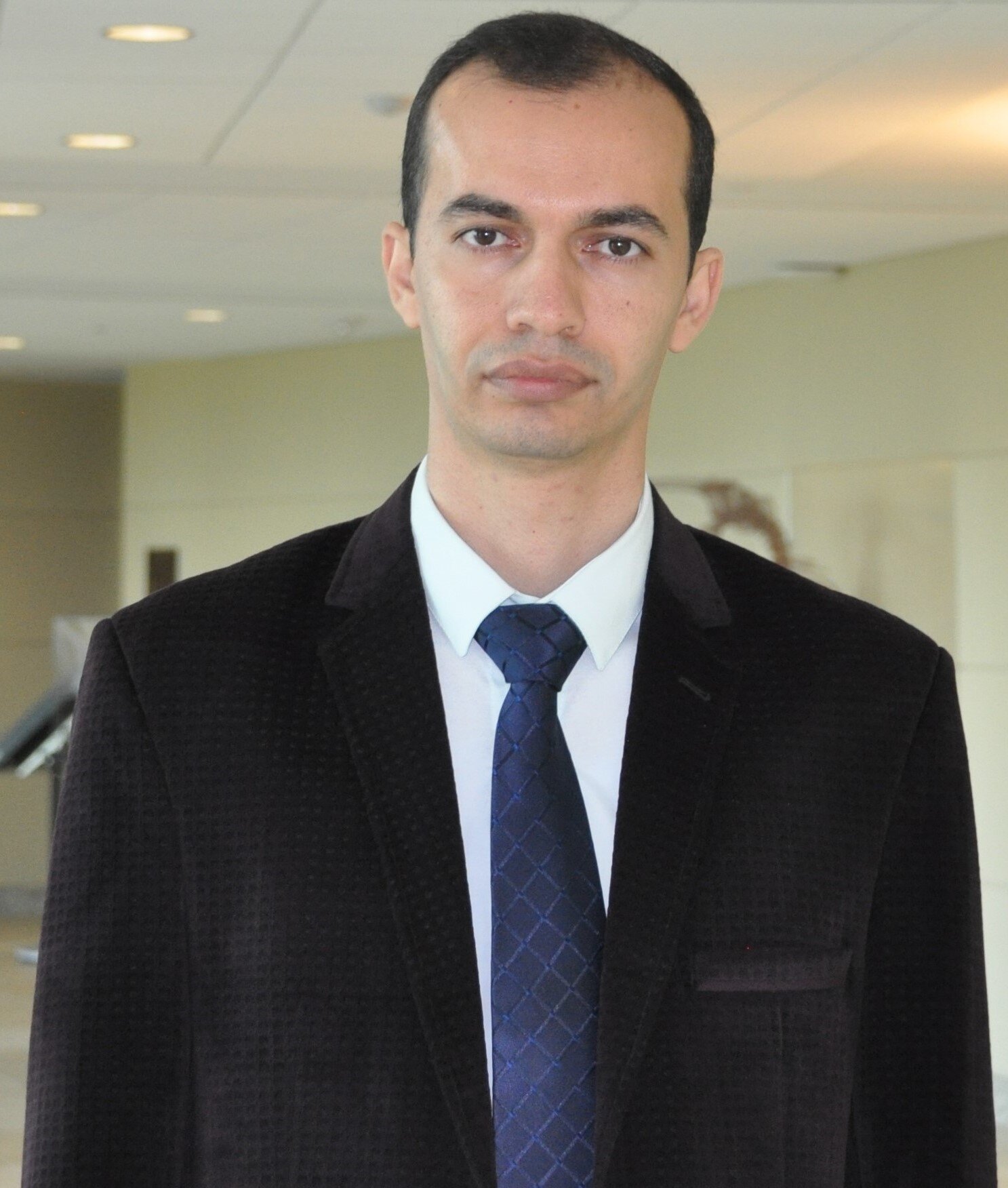SDRC Trainee Highlight: Dr. Mehdi Razavi and Dr. Molly Tanenbaum
SDRC proudly supports its trainees through technical expertise, collaborations and its Pilot and Feasibility grant program. In this issue of the SDRC newsletter, we highlight the research accomplishments of two SDRC trainees, Dr. Mehdi Razavi and Dr. Molly Tanenbaum.
Dr Mehdi Razavi, recently completed his postdoctoral research in SDRC member Dr. Avnesh Thakor’s group and joined University of Central Florida as a faculty member. His postdoctoral research focused on developing novel therapeutic strategies for type 1 diabetes (T1D). Current therapies for T1D include islet transplantation. “However,” says Dr. Razavi, “patients require immunosuppression therapy, which impairs insulin secretion from islets. Hence, a significant proportion of transplanted islets become “glucose-blind”, wherein beta cells still contain insulin granules but cannot effectively release them in response to elevated glucose levels”.
Dr. Razavi’s recent study published in Scientific Reports revealed that pulsed focused ultrasound (pFUS) used therapeutically in the setting of mouse islet transplantation not only enhances islet function and engraftment, but also helps with blood vessel formation which is crucial for graft function. He and his colleagues found that pFUS treatment of islets improved their function by increasing the calcium levels within the islet cells. Dr. Razavi anticipates that transplanted human islets will also be responsive to pFUS treatment. He notes, “Given that pFUS is an FDA approved technology, we believe it has the potential to be easily clinically translated as a completely non-invasive and drug-free therapeutic approach which can be utilized in the setting of islet transplantation”. Although promising, he acknowledges that more studies are needed to assess whether pFUS treatment imparts long-term functional improvement on the islets.
Dr. Razavi’s work was supported by pilot funding through the SDRC’s P30 grant. He plans to explore therapeutic approaches to treat debilitating orthopedic diseases at the University of Central Florida.
SDRC member Dr. Molly Tanenbaum is an Instructor at the Stanford Department of Pediatrics and a Clinical Researcher with a deep interest in improving the lives of people living with diabetes. She was recently awarded a K23 grant to conduct a trial with the goal of helping type 1 diabetics adapt to using continuous glucose monitors (CGMs) via behavioral interventions in line with the 2019 American Diabetes Association Standards of Care recommendations. “There is a need to develop programs that can help support those trying out this technology to increase chances that they’ll get benefits from using it and that they’re able to troubleshoot if any issues come up”, says Dr. Tanenbaum, who also won a 2018 Pilot and Feasibility award sponsored by the SDRC to conduct a pilot study of the behavioral interventions to help T1D patients using diabetes devices.
To design effective interventions, Dr. Tanenbaum and her mentor Dr. Korey Hood surveyed patients and identified cost and inadequate insurance coverage as the most commonly reported barriers to using insulin pumps and CGMs. “As psychologists, we were also very interested in the ‘modifiable’ barriers that could be addressed with increased support or behavioral intervention. We found that the top modifiable barriers were related to people not wanting to wear devices on their bodies all the time” noted Dr. Tanenbaum. Her research also explored the role of self-compassion in managing diabetes and validated a way to measure adult self-compassion specifically in the context of diabetes.
Dr. Tanenbaum is committed to enhancing the quality of life of people with T1D by continuing to assess the challenges individuals face and by developing strategies to overcome them. “Access is definitely the first priority because people with diabetes need to be able to have access to current technology to be able to benefit from it. After that, the next step is thinking about how to best support those using technology such that the benefits of the device (both for diabetes management and quality of life) outweigh the hassle of wearing something on your body all the time. That’s what I’m hoping I’ll be able to help answer over the next few years”, she says.
By
Harini Chakravarthy
Harini Chakravarthy is a science writer for the Stanford Diabetes Research Center.


